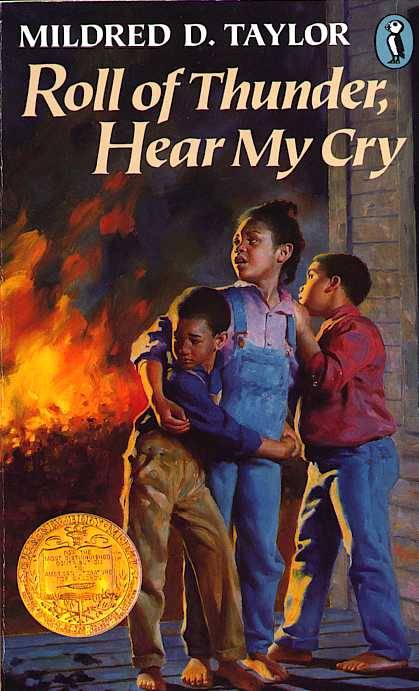
A well crafted, lyrical, and engrossing depiction of the life of a Russian composer during The Great Terror and the Siege of Leningrad.
But wait...there's more...
Symphony for the City of the Dead (Symphony) is a non-fiction book that touches briefly on the fall of the Romanov family, covers the rise of Lenin and Stalin, life during The Great Terror and WWII, and focuses on the life of composer Dimitri Shostakovich. Symphony not only covers Shostakovich's life, but the lives of other Russians during these time periods, and seamlessly links them together through the political and musical atmosphere of the time. without linking these different parts of Russian history, the importance of different events covered in the book would be lost.
M.T. Anderson's writing effectively and engrossingly depicts the life of Shostakovich, and is countrymen: the fear, pain, hunger, and suffering they endured, as well as the strength and courage they found when it was most needed. Anderson's depictions of Shostakovich's music is itself lyrical; the tone of the writing keeps the narrative moving and makes the reader hear and feel what the symphonies being described should sound like. While reading, I had a simultaneous urge to find out what happens next in Dimitri's life, and to run and listen to be music that was "playing" on the page.
In addition to this auditory presence, the book has a visual presence as well. Pictures of the city of Leningrad, citizens, soldiers, key political players, and propaganda are placed throughout the book to help readers see and feel story.
Symphony is a book that will be enjoyed by music lovers, Russian and WWII history enthusiasts, and is a perfect book to get readers interested and curious about the events and time periods covered, as well as the meaning and influence of music.





